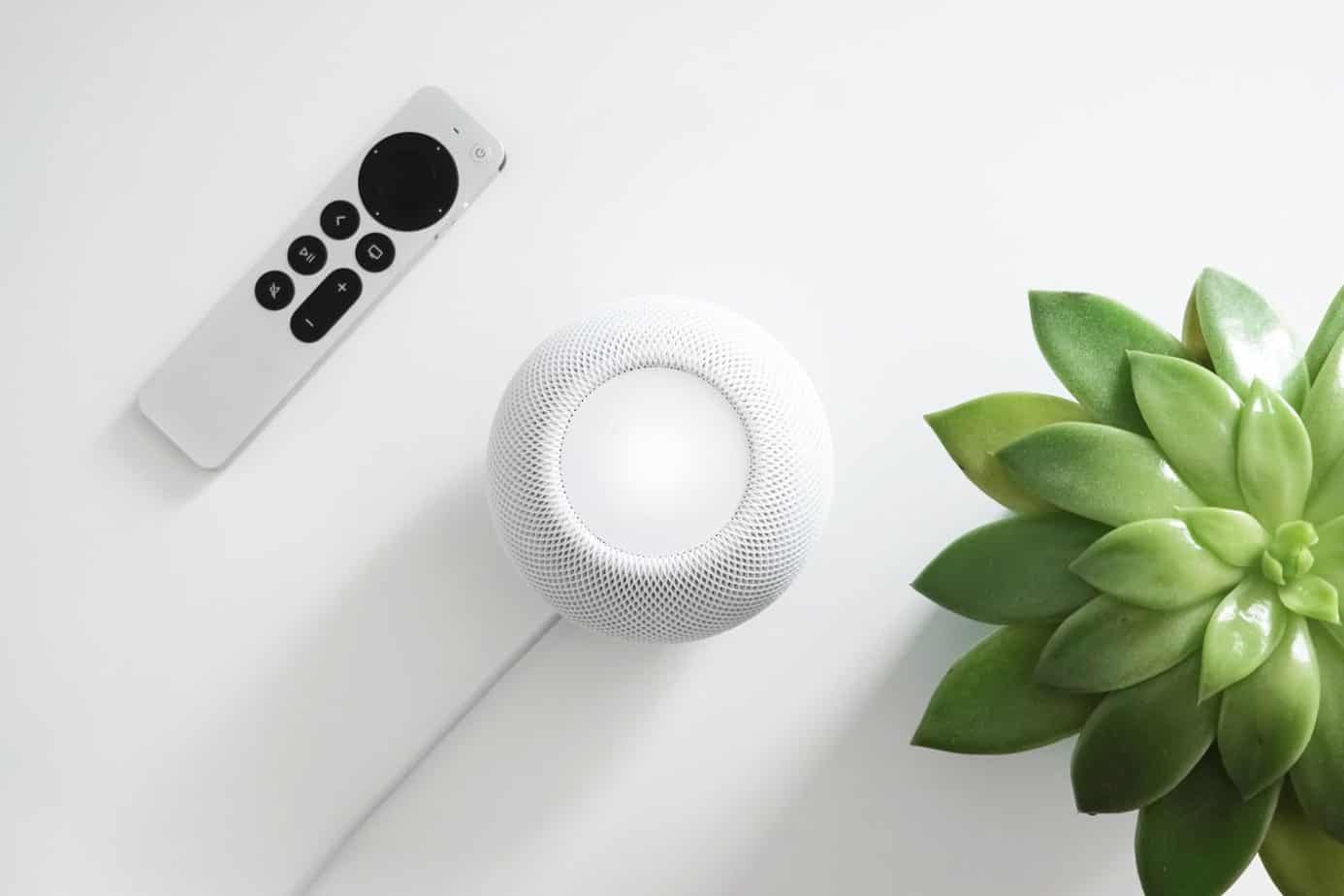Successful advertising has always hinged on connecting with the right consumers. Digital advertising requires the same, but luckily, it offers the ability to target consumers more effectively.
In today’s digital world, marketers have to pick and choose the devices ads should appear on, when those ads should reach consumers, and which consumers they need to reach in the first place. Display ads might appear while consumers are working on their computers, native ads while they are browsing on their phones, and digital out-of-home (DOOH) ads while they’re on their commutes. Using advanced targeting to meet them with the right message in these respective spots is the key to success.
However, there is one digital advertising channel that breaks the mold as it is integrated into consumers’ lives, no matter the time of day. Digital audio advertising. Consumers are streaming digital audio more than ever before, with 91% of audio listeners tuning into ad-supported audio platforms. Audio advertising is quickly becoming one of the most lucrative advertising opportunities — on any device and at all times of the day. People play music while getting ready for work, tune into their favorite podcasts during their commute (or while working from home), and might do both on a long walk in the evening.
Unlike other types of ads, digital audio ads don’t require consumers to look at their devices. Even if they step away from their phone or computer, they can still hear the audio through their speakers or headphones. Of the many benefits of audio advertising, this might be the biggest: As long as people can hear what’s playing, no advertising gap exists. Listeners are always reachable.
How Advanced Audio Solutions Improve Audience Targeting and Advertising Opportunities
Advanced audio solutions, like those offered by Digilant, utilize data-driven targeting to ensure that brands can reach their desired audiences across all forms of digital audio: podcasts, music, and radio.
With advanced audio solutions, advertisers can target based on first, second, and third-party data parameters, including weather, CRM, device, and genre. Because most consumers are now omnichannel, advanced targeting spans all channels with sequential messaging and dynamic segmentation to target and retarget listeners through video, native, or display banner formats.
The goal of audio advertising should not be to get in front of all listeners. It should be to reach the most relevant target audience — and there is a wealth of ways to do that with digital audio advertising solutions. Where older processes required advertisers to pick and choose where they wanted their ads to be played, this limited their reach. Now, marketers can advertise across several digital audio publishers through a single buying point. Additionally, targeting has improved with companies’ willingness to adopt a consumer data-first approach, which helps brands connect with the right audience much more quickly.
Combined, these developments have improved reach, relevance, and engagement. Specifically, marketers can target consumers on other channels, too, which moves them down the marketing funnel faster. And as targeting and data capabilities continue to improve, brands can tailor ad experiences to engage more people, giving a boost to their digital advertising performance metrics as a result.
How to Measure Digital Advertising Effectiveness With Advanced Targeting
With all the possibilities for advanced targeting with digital audio advertising solutions, marketers have to learn how to use these tools most effectively. Here are four guidelines for getting the most from advanced targeting using advanced audio solutions:
1.Understand your audience.
If you are using a targeted advanced audio strategy, understanding your audience is a must. If you are working with an omnichannel digital advertising partner, you may already have this understanding from other campaigns at your fingertips. With this information, you can move on to the next step. If not, you’ll want to establish background on your audience, including where they live, income, career, familial status, etc. This will help tailor your targeting.
2. Learn how your audience fits into the digital audio space.
Once you know your audience’s background, you can learn how they use the digital audio space. What is their preferred digital audio? Are they into music or podcasts? What time of day do they listen, and which devices are they using? These questions will guide which platforms you use to run your campaigns and the appropriate targeting parameters.
3. Figure out the necessity of additional targeting.
Now that you have a clearer picture of your target audience, both generally and in terms of digital audio, digital audio strategists can determine whether any miscellaneous targeting is necessary for your audience reach. For example, an allergy company may want to add weather triggering or a local event to establish geotargeted or time-of-day parameters. Again, remember that the goal is to get your message in front of the right people at the right time.
4. Establish frequency and retargeting if applicable.
Once your audience is established and ready to go, campaign analysts will establish frequency metrics to ensure that your audience is reached but not bothered. Frequency is very important here; you want your ad to be memorable, not annoying. Advertisers promoting a new brand or time-sensitive offer often opt for a higher frequency, while longer campaigns or well-established brands may opt for a lower frequency.
Today’s digital audio solutions have taken advanced targeting to a whole new level. Still, it’s important to know how to incorporate advanced audio solutions into your advertising strategy in the most strategic ways possible. For more information about targeting with advanced audio solutions, fill out this contact form and get started!


